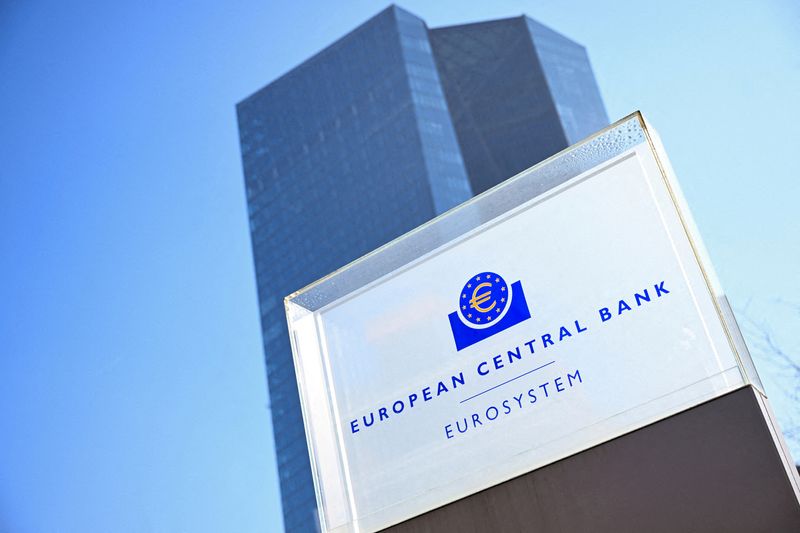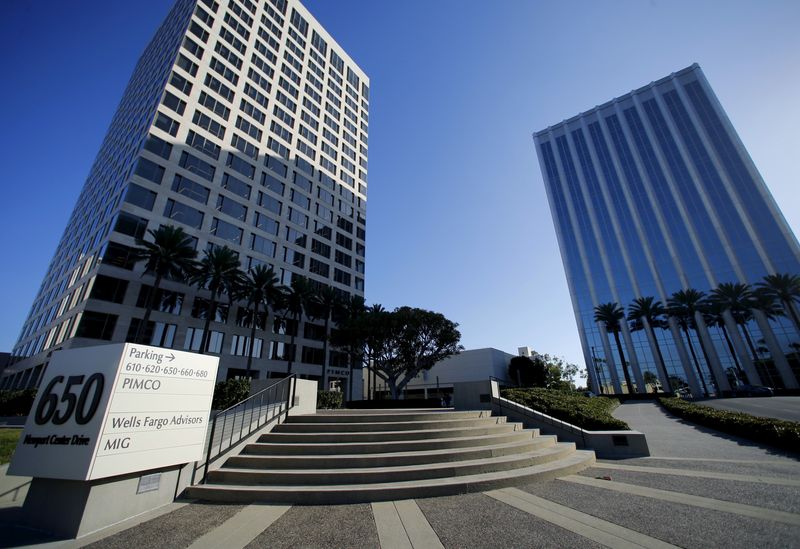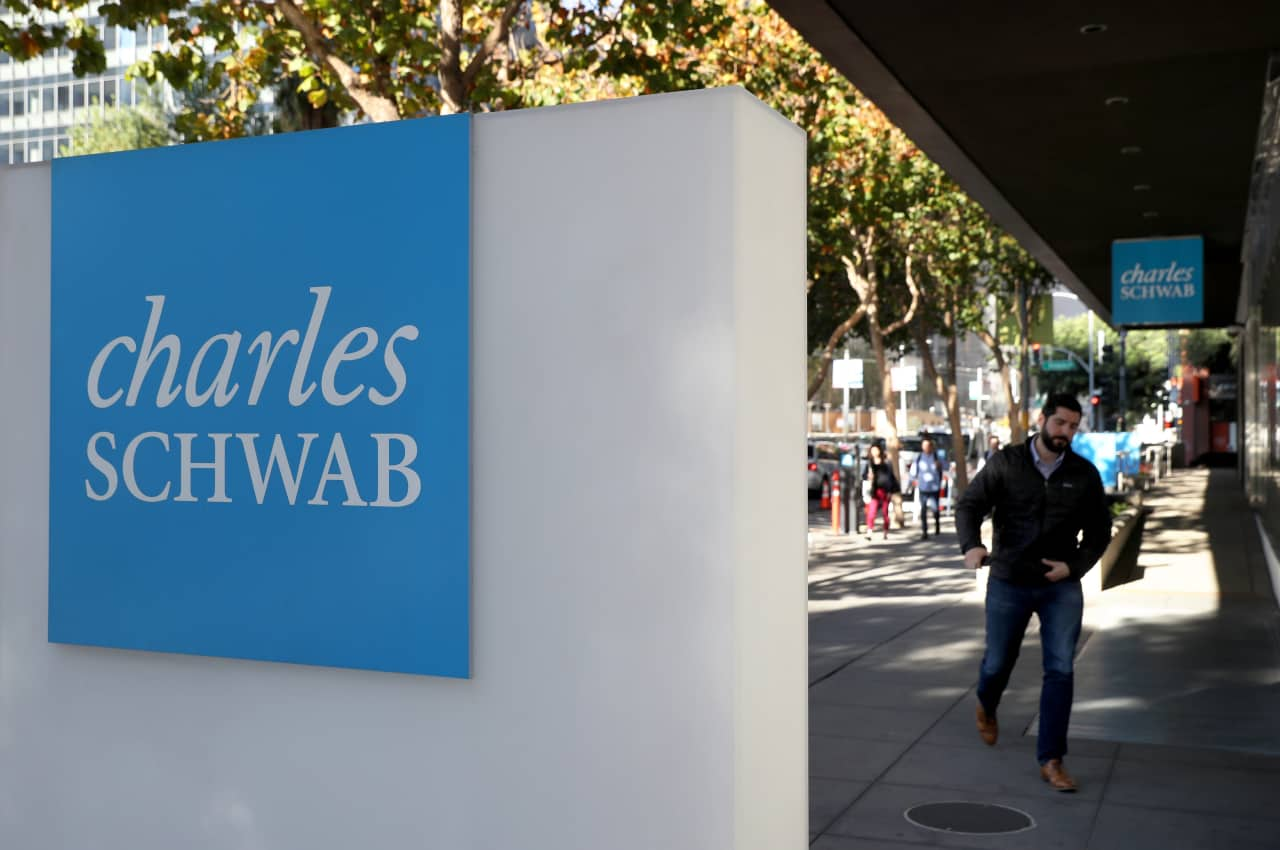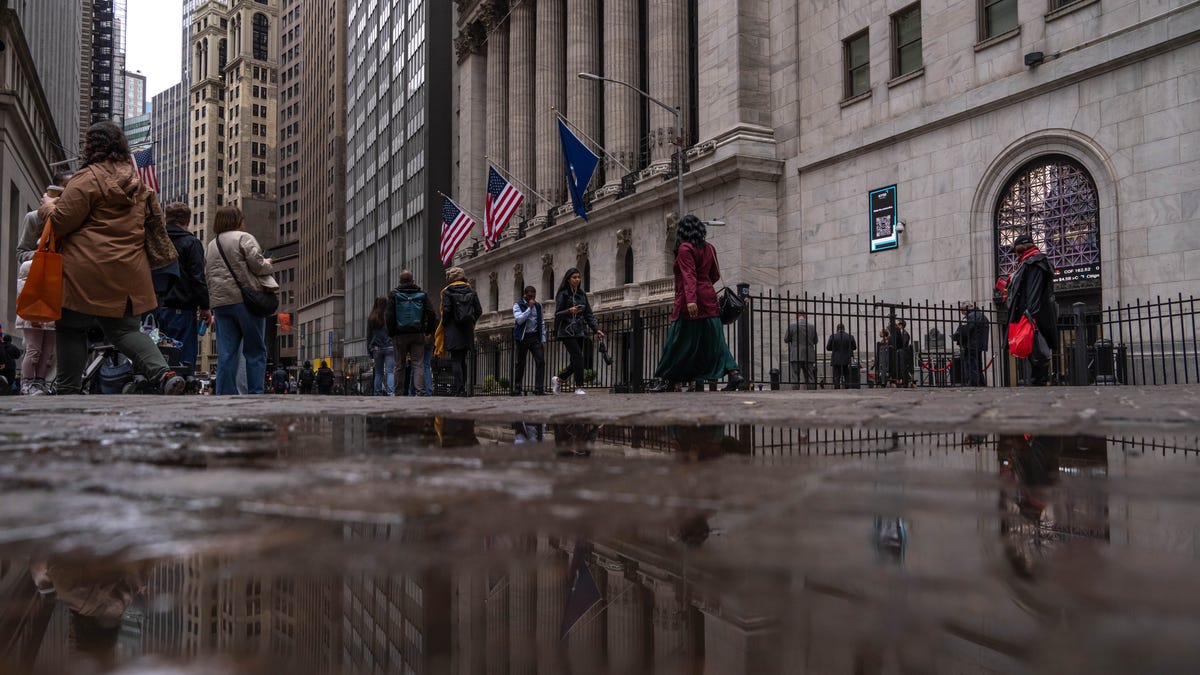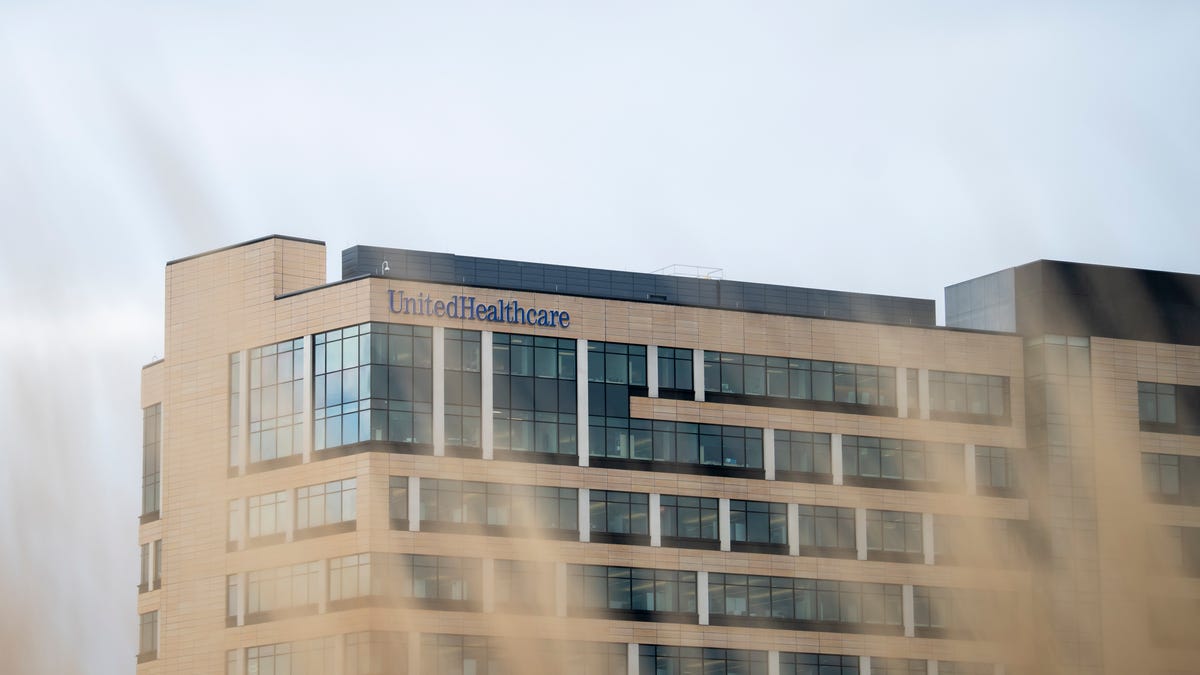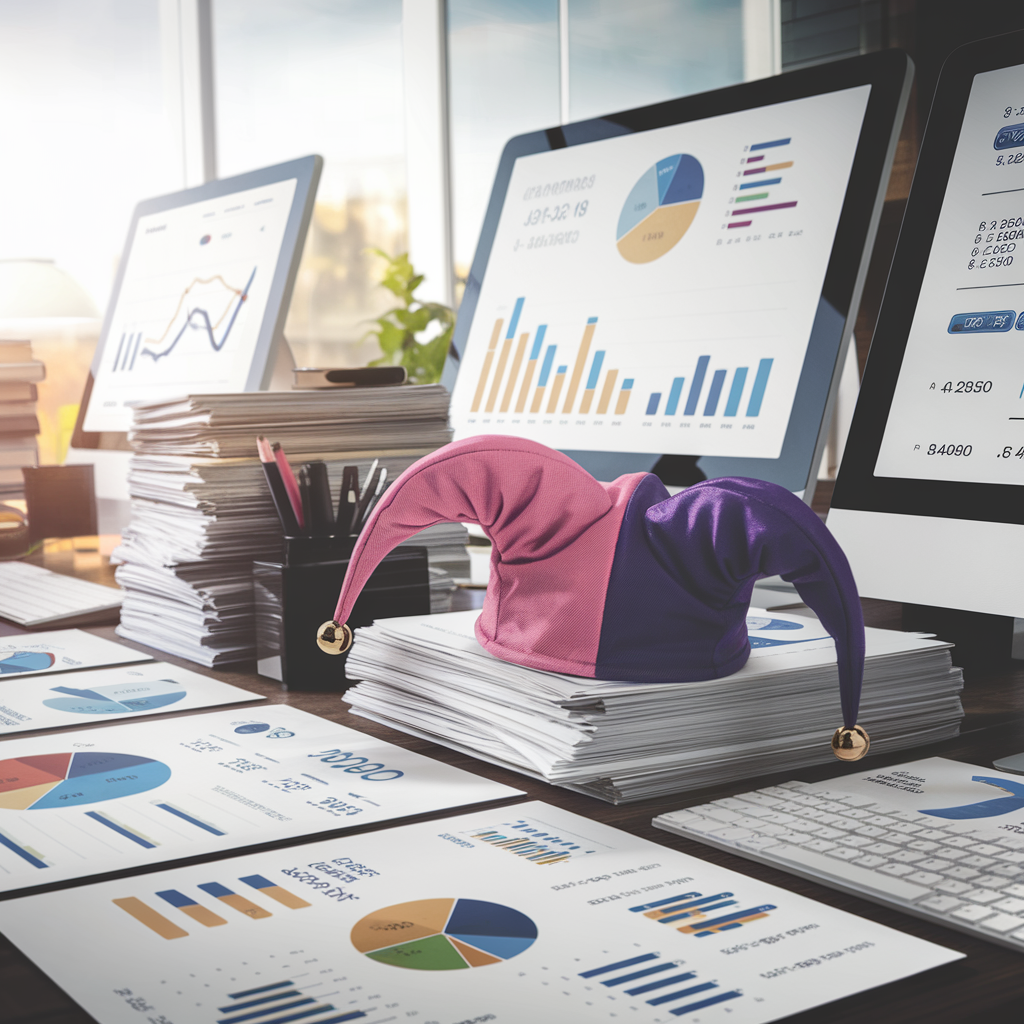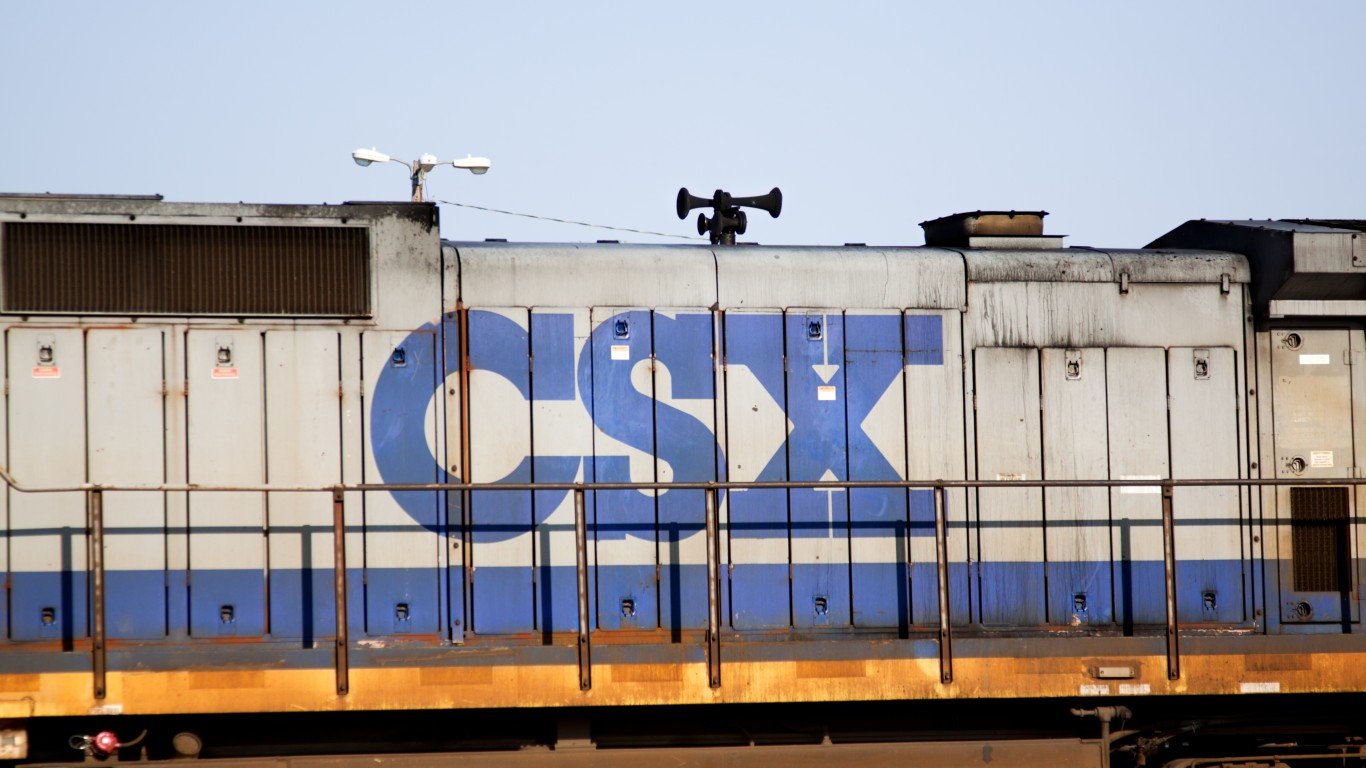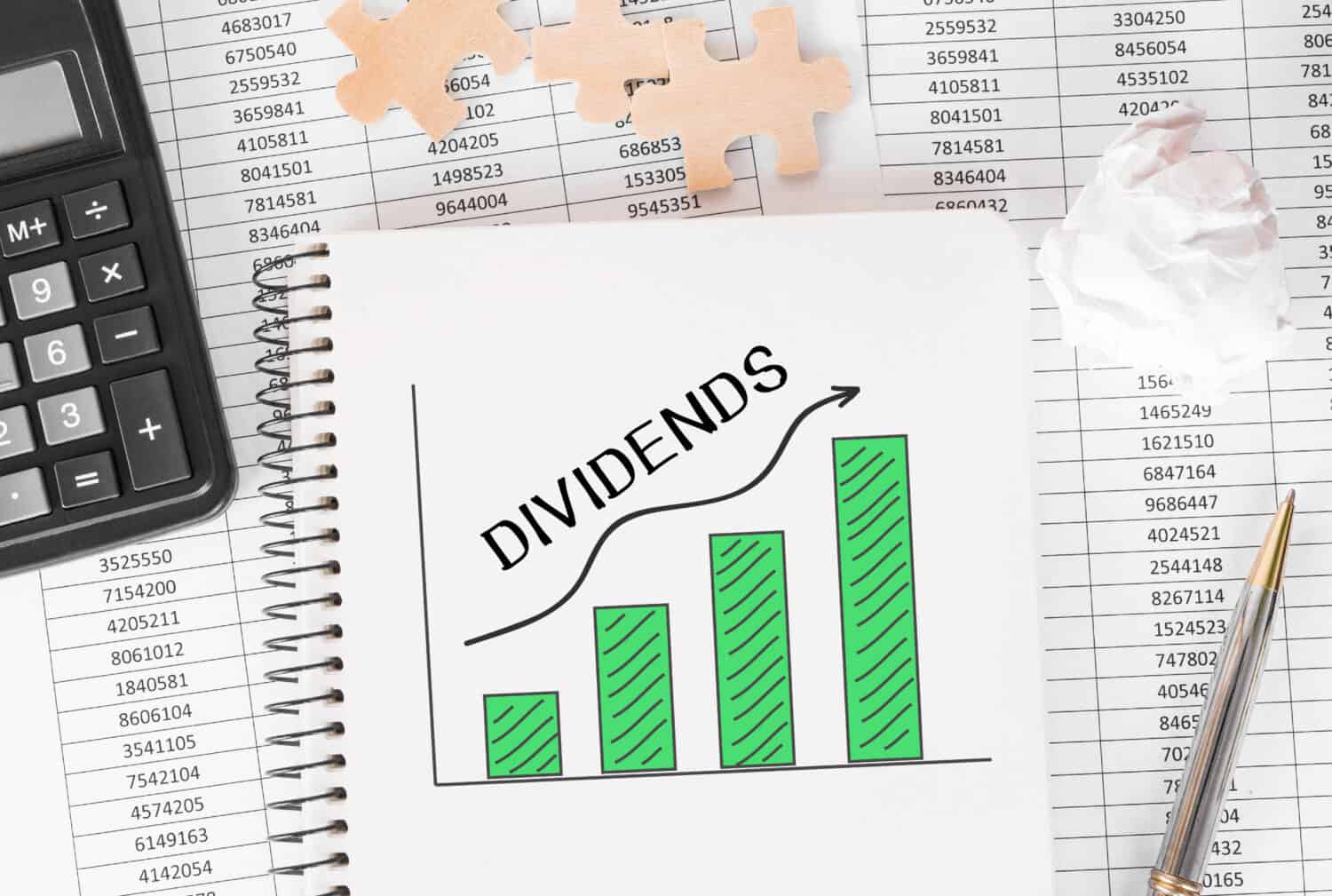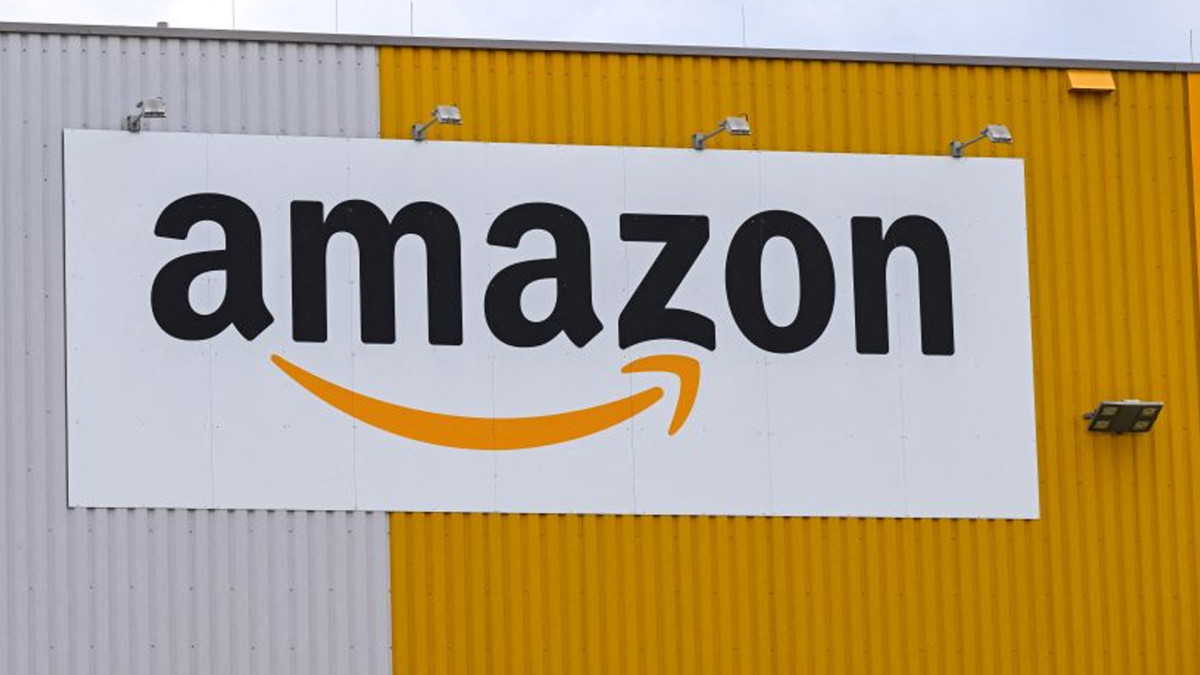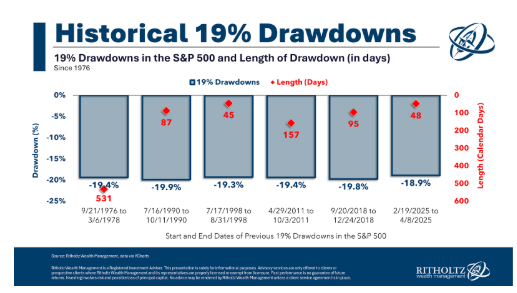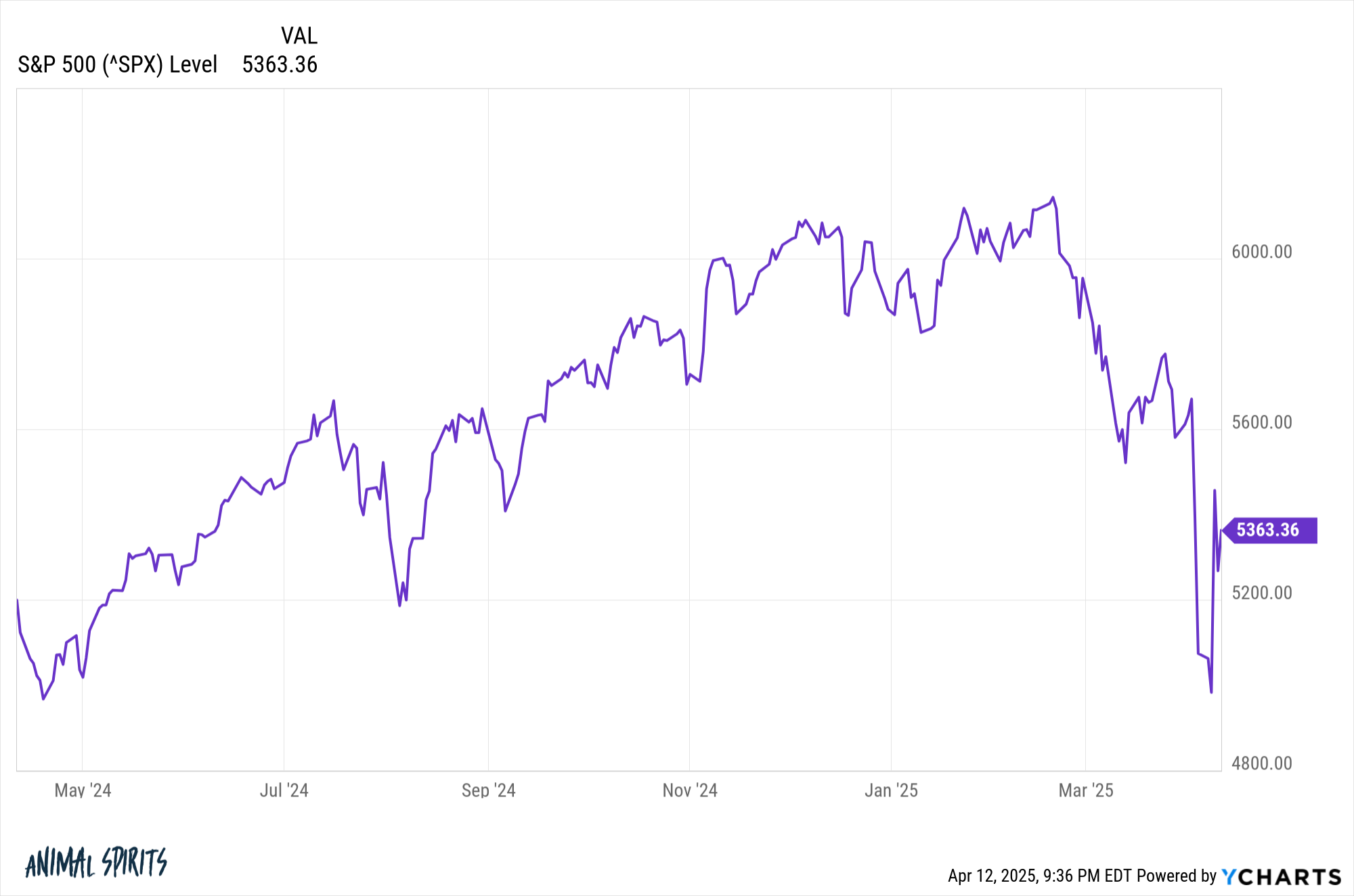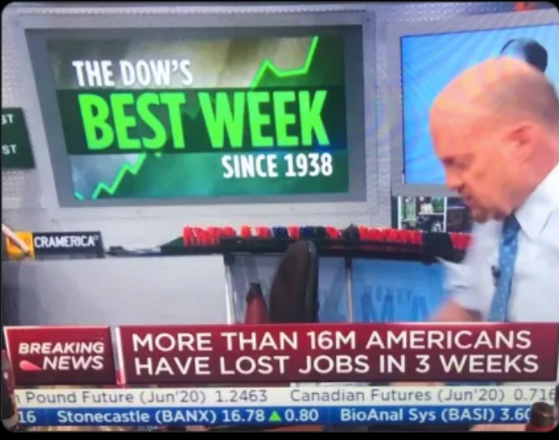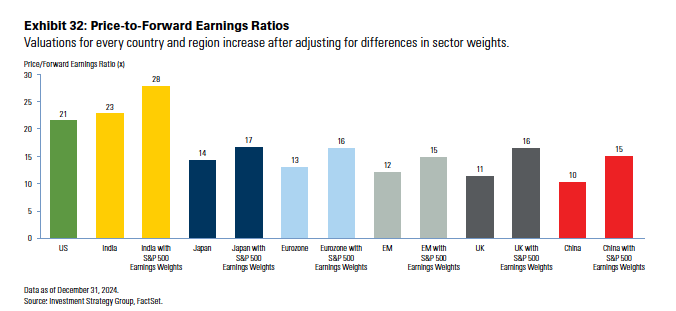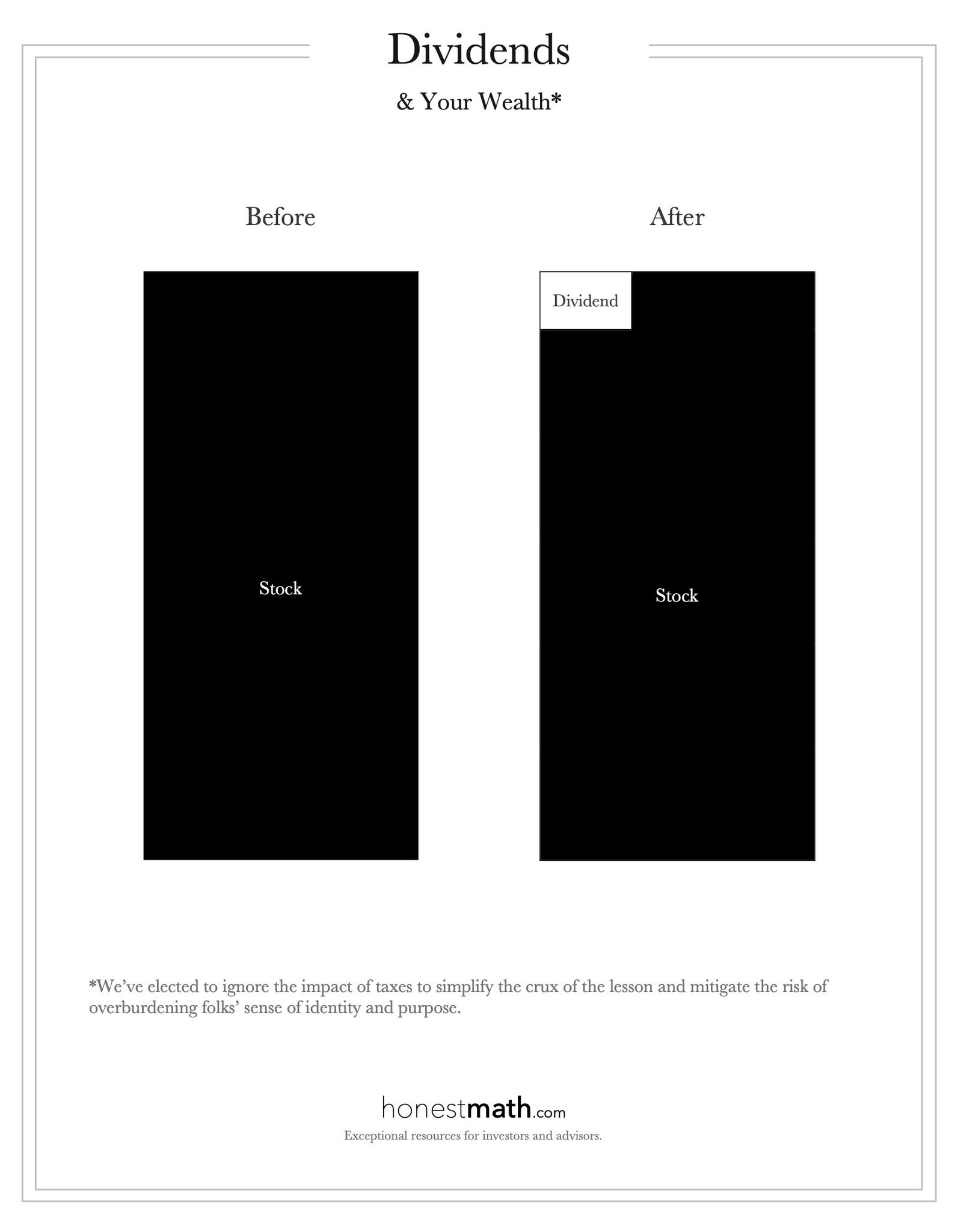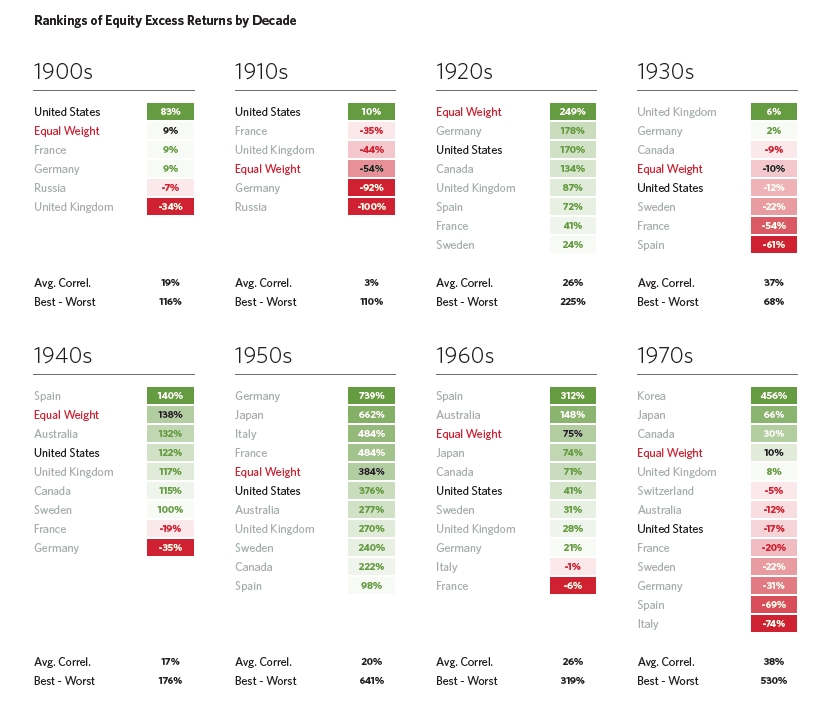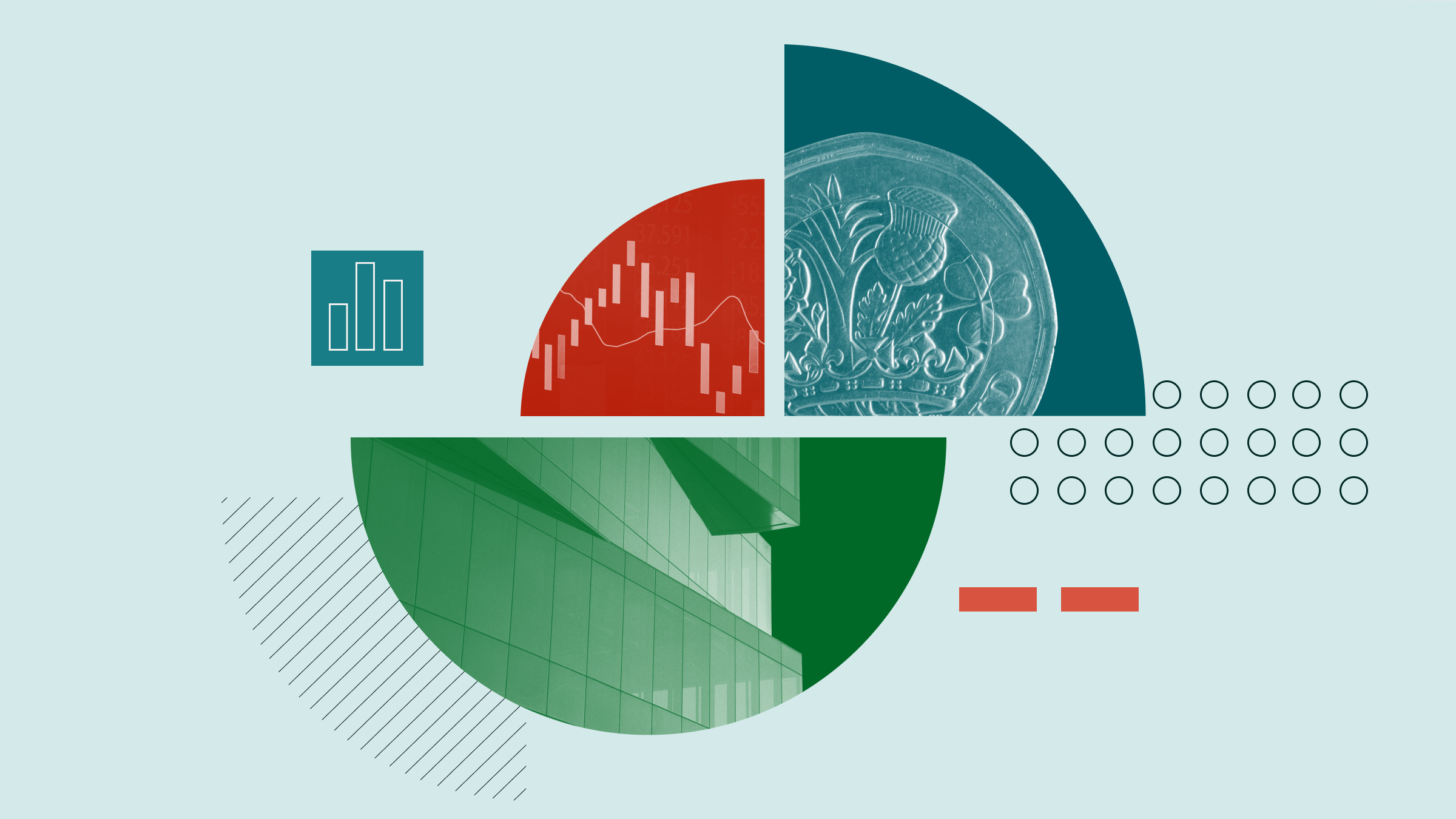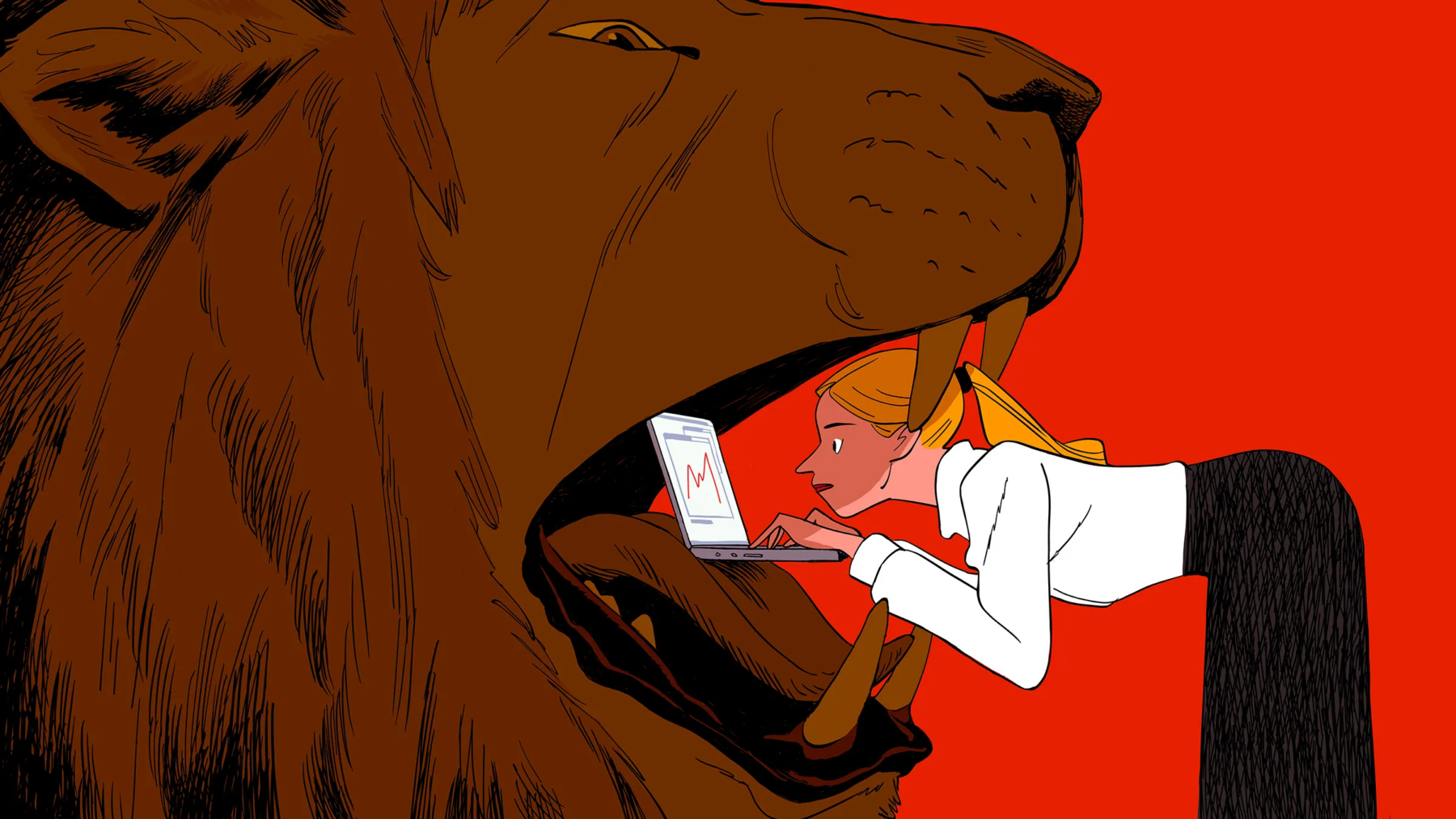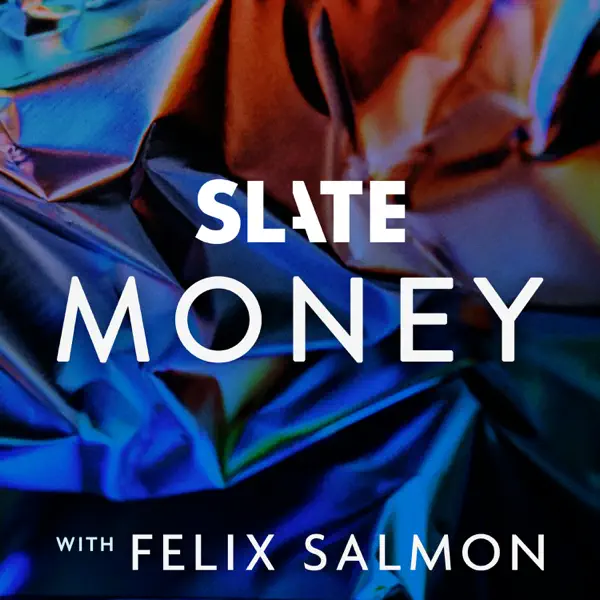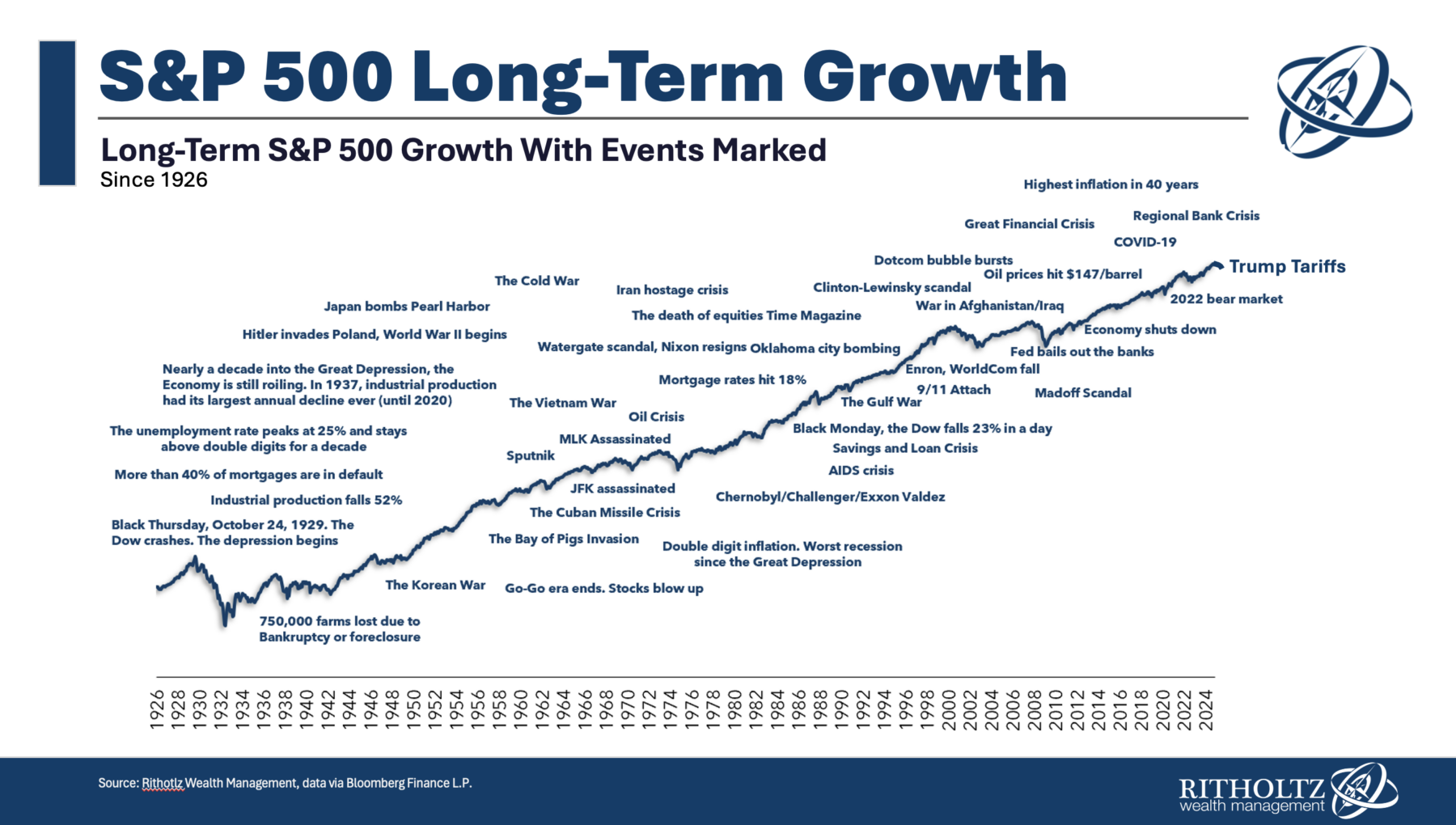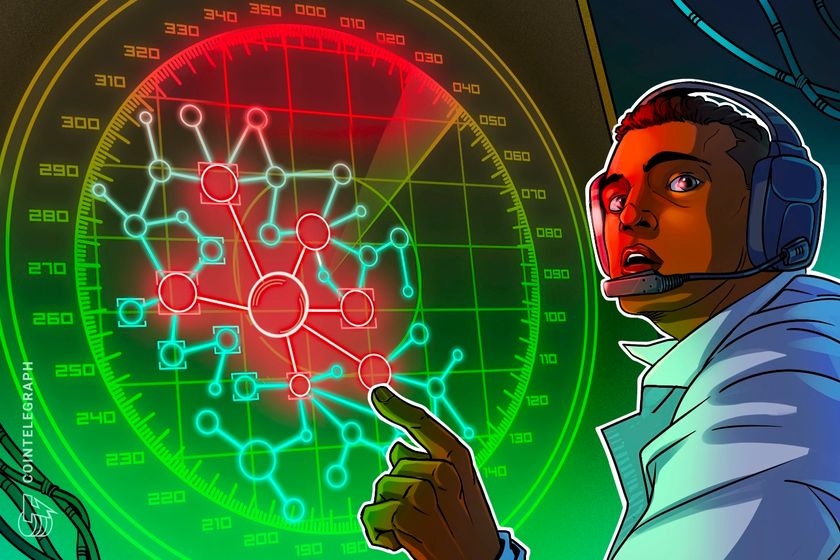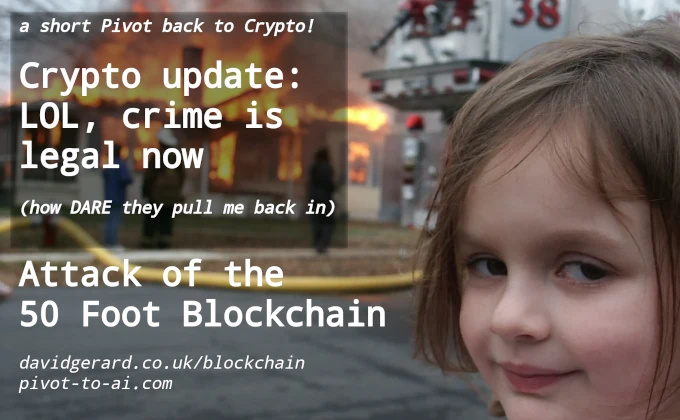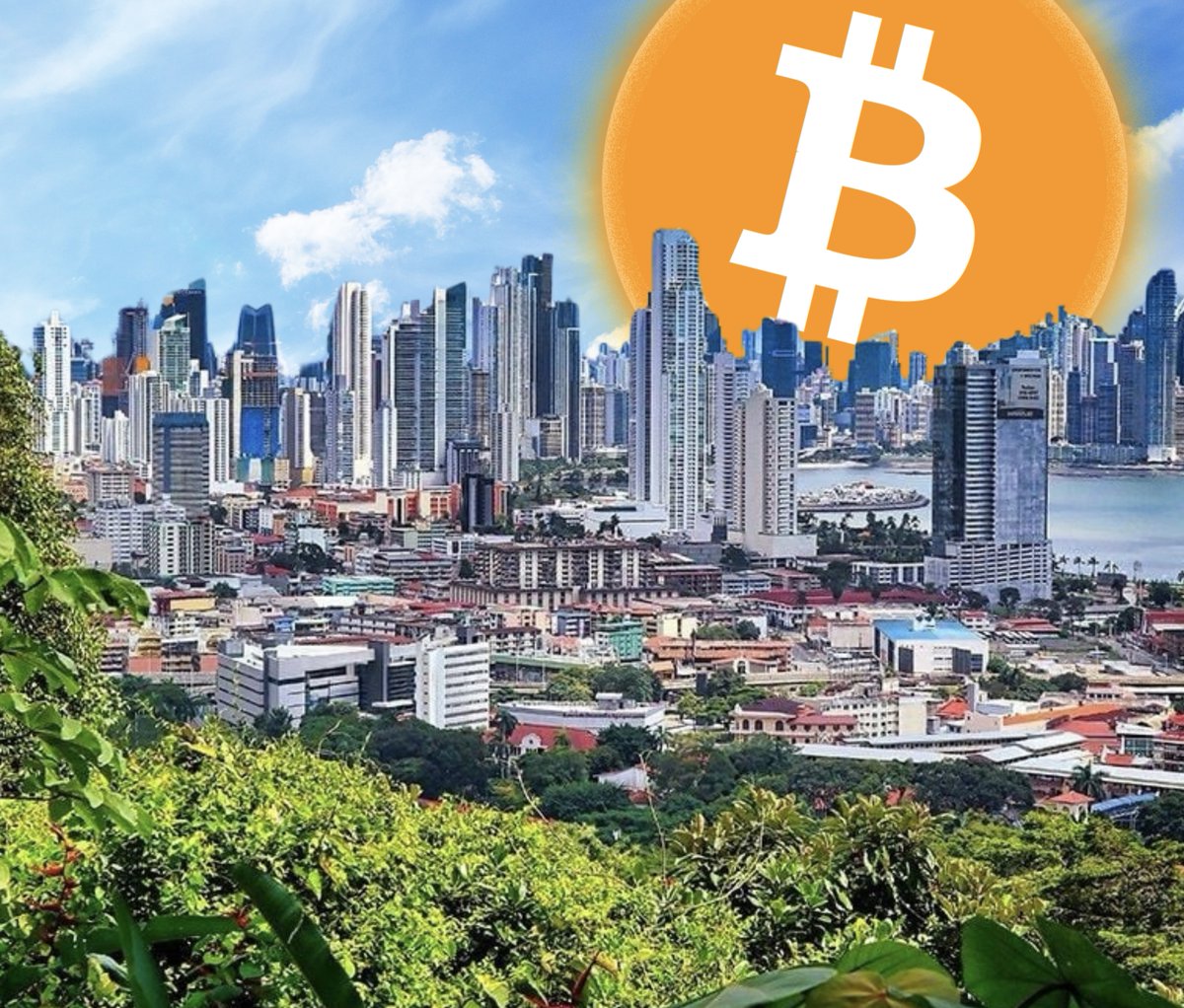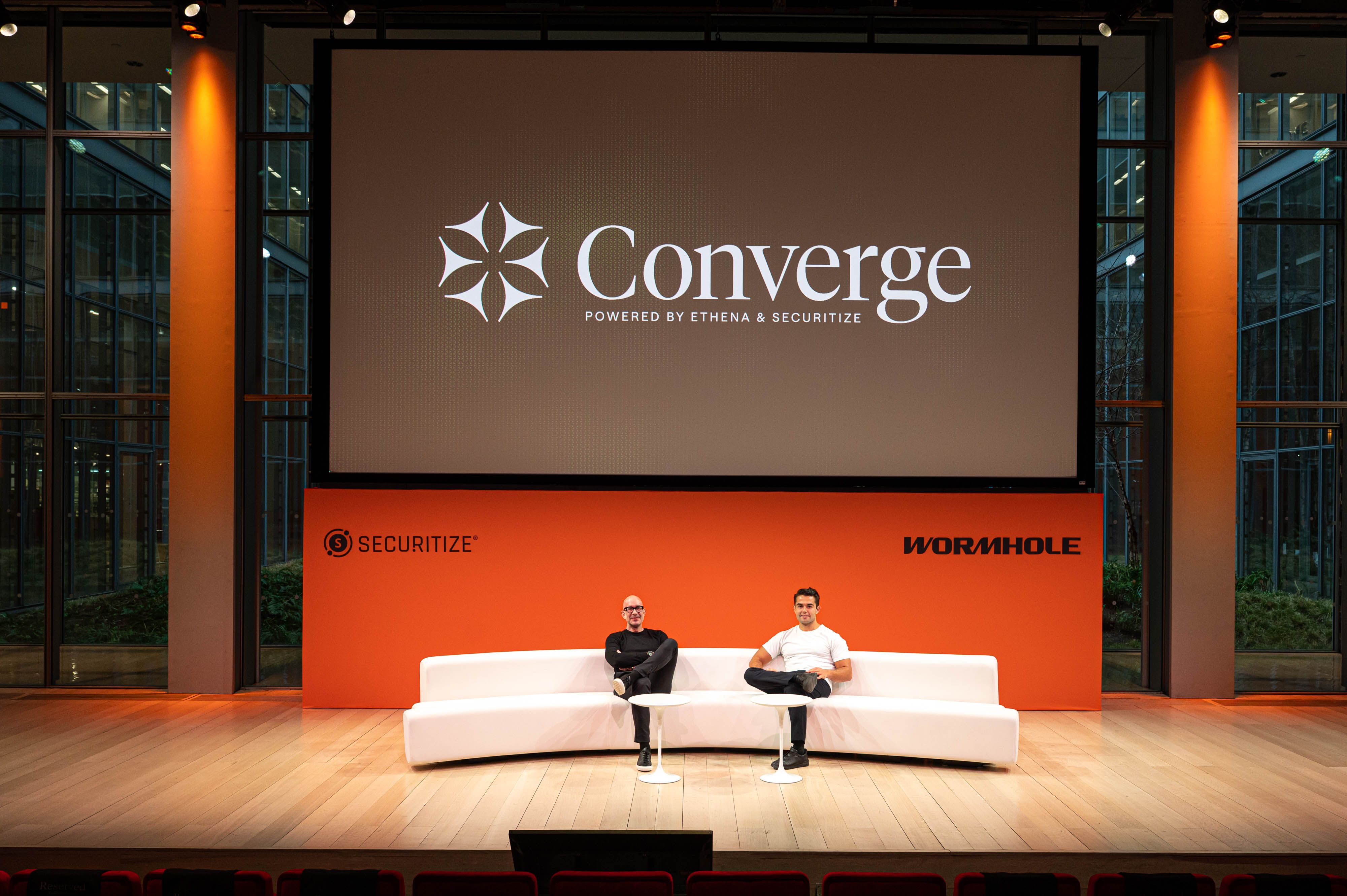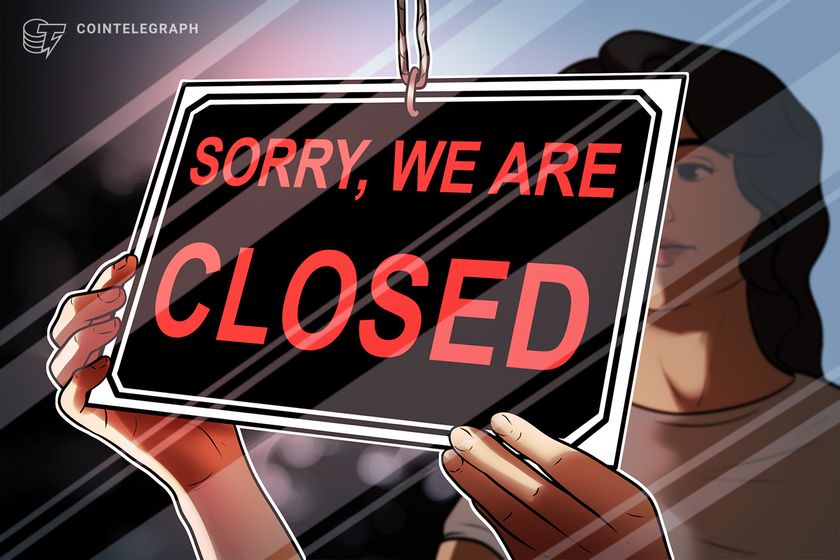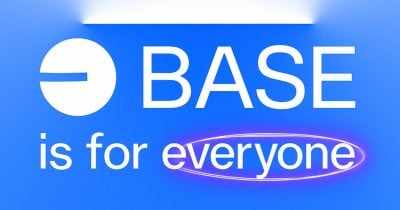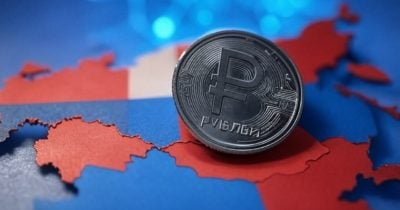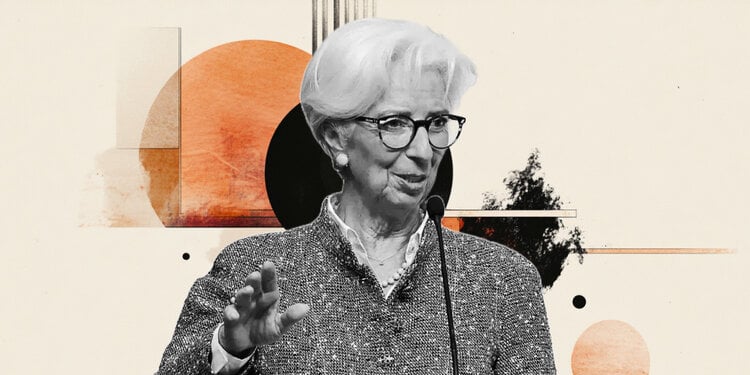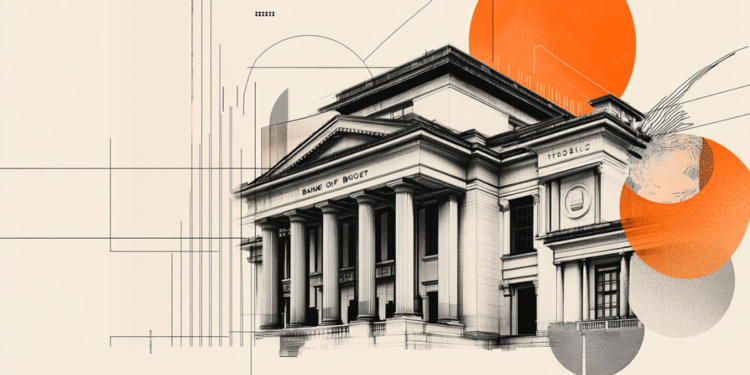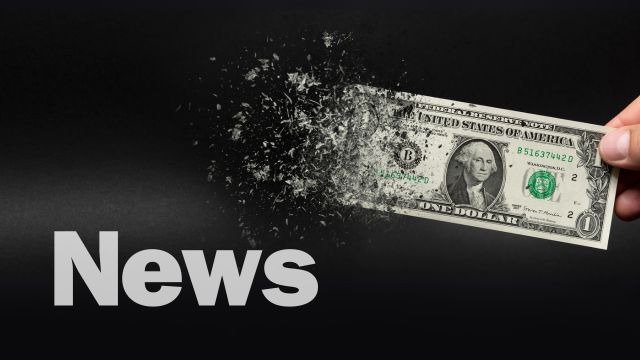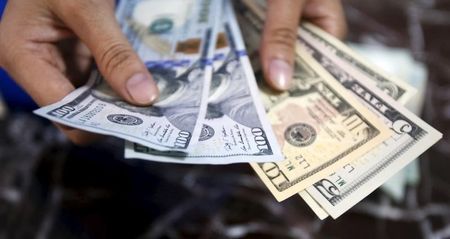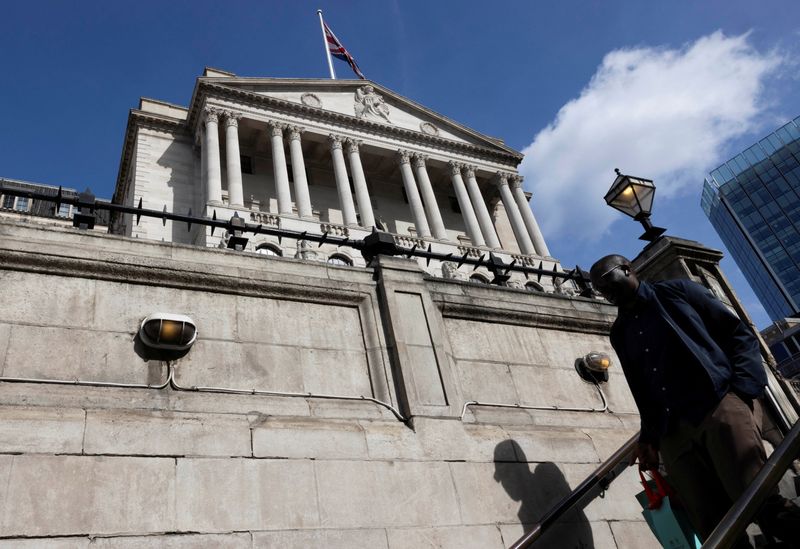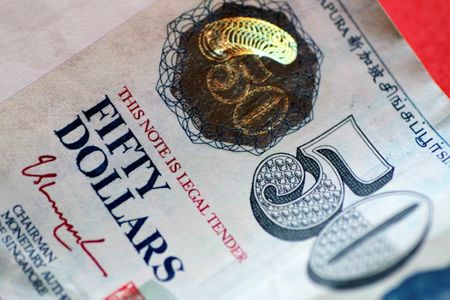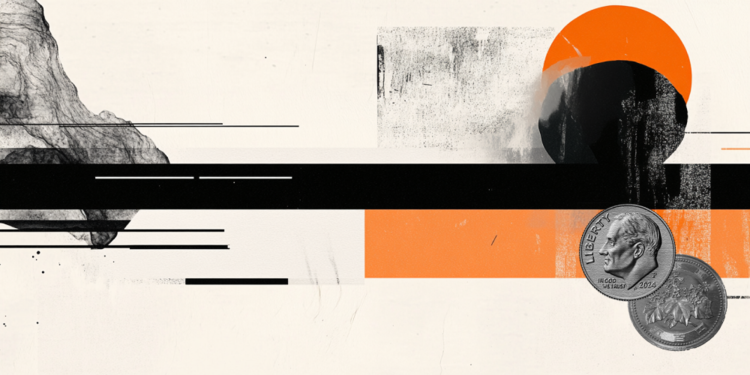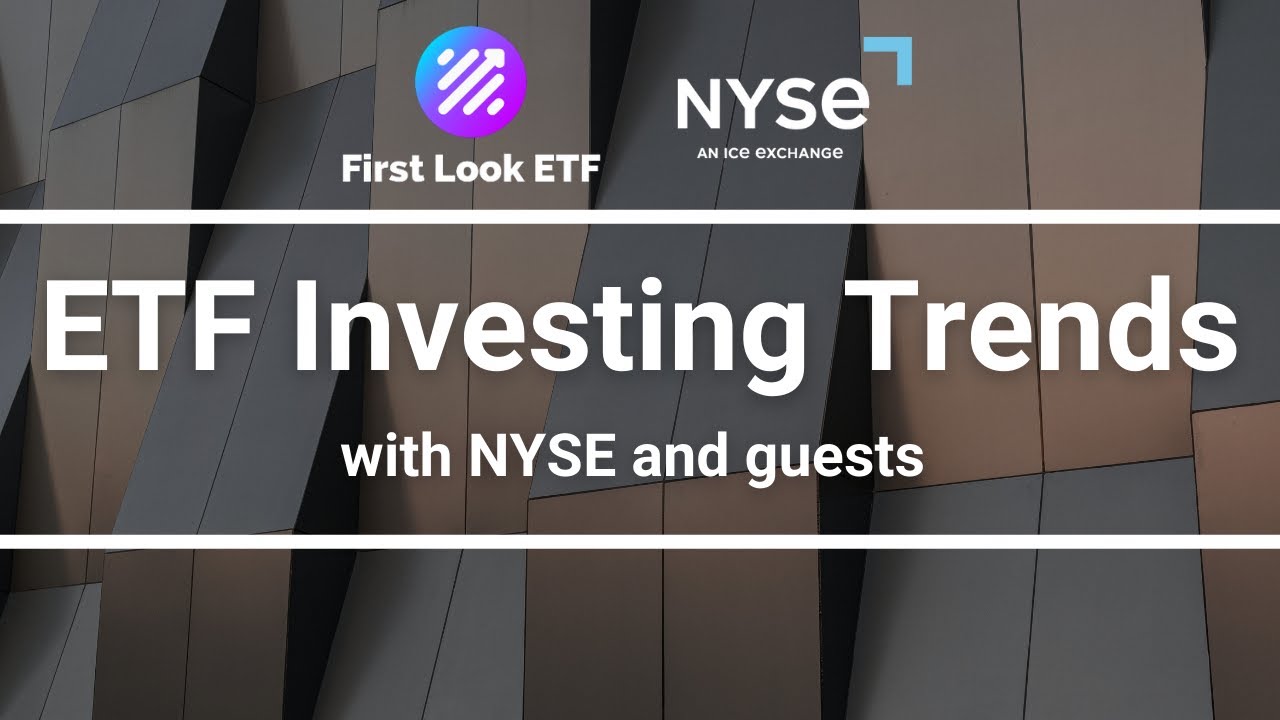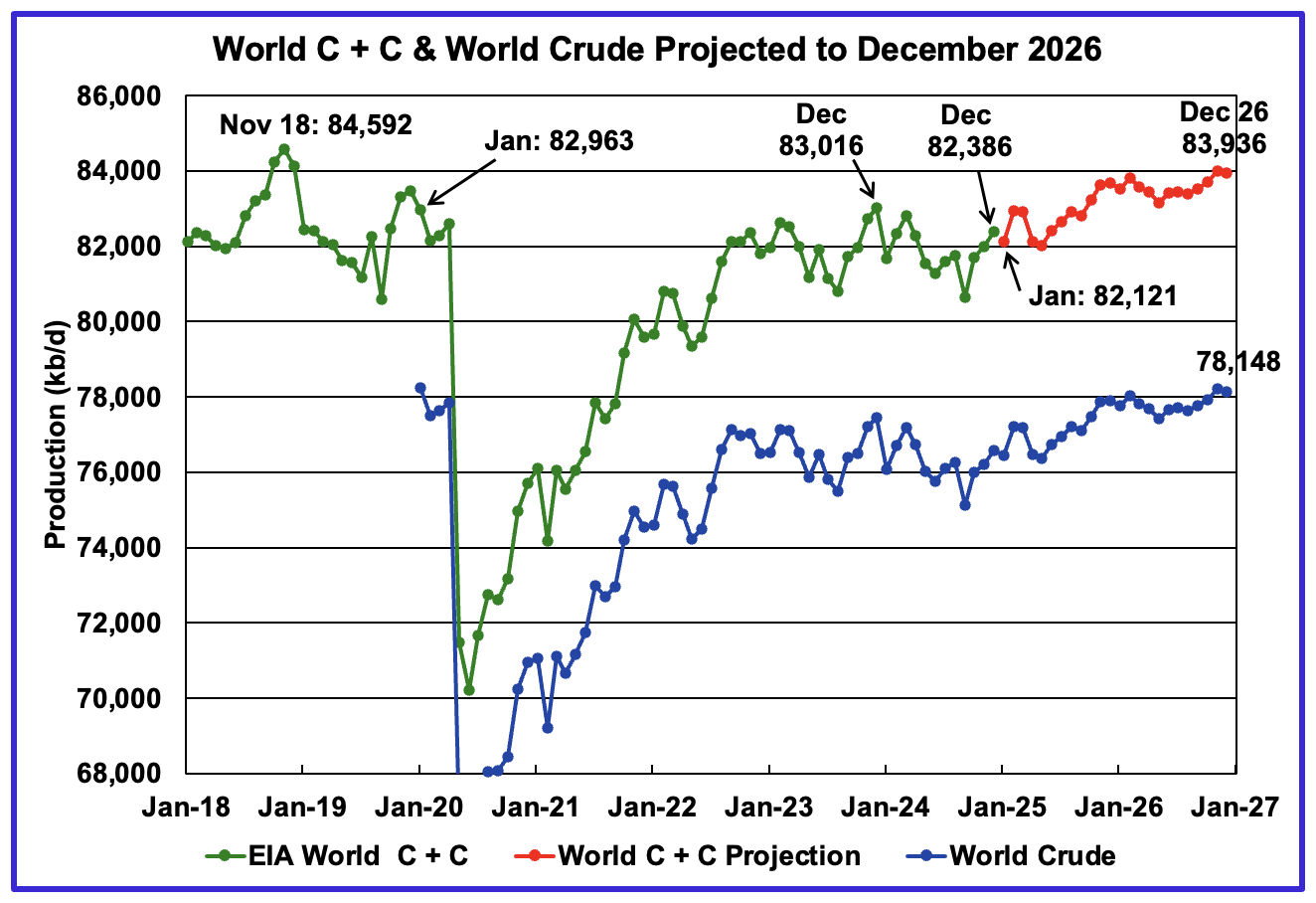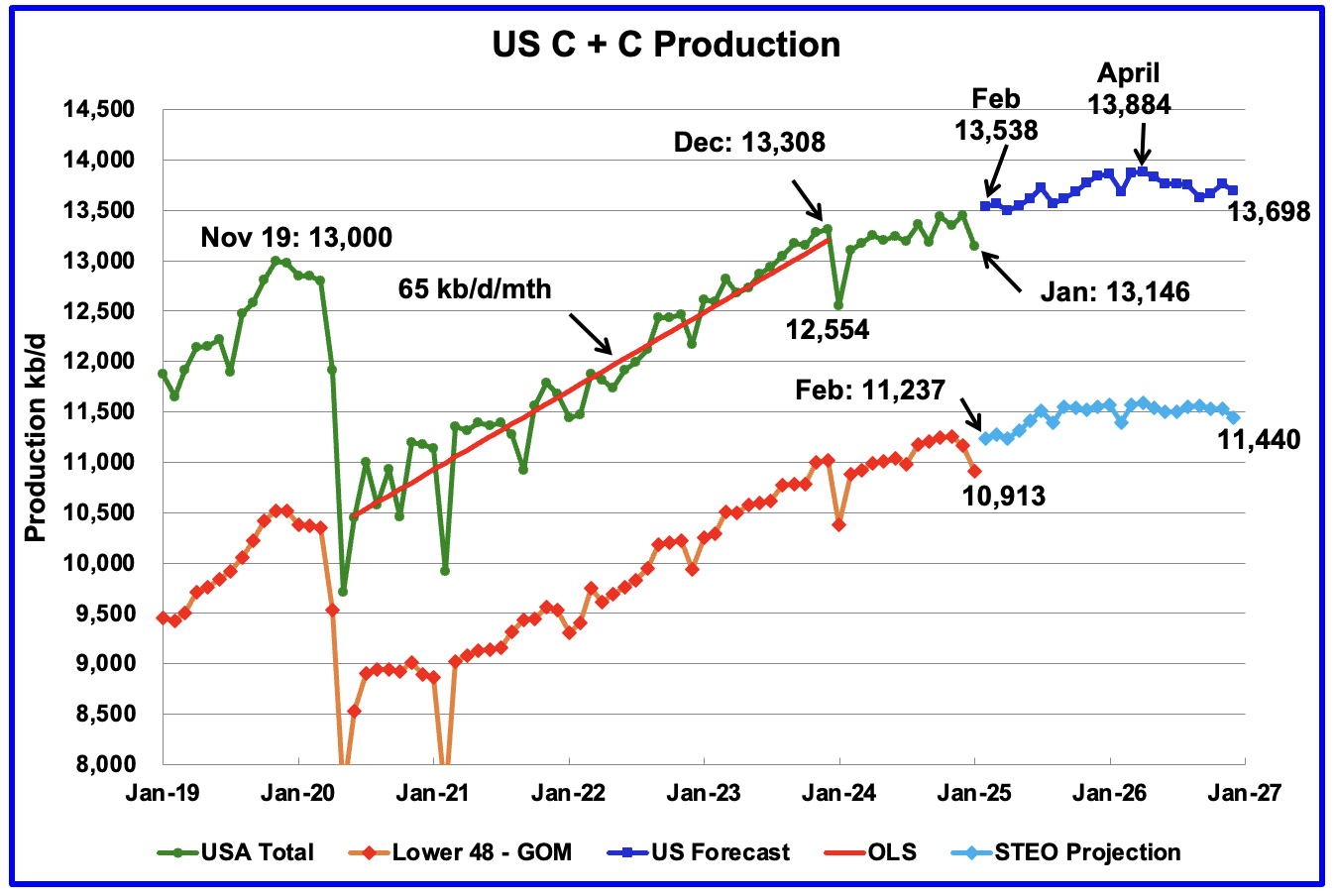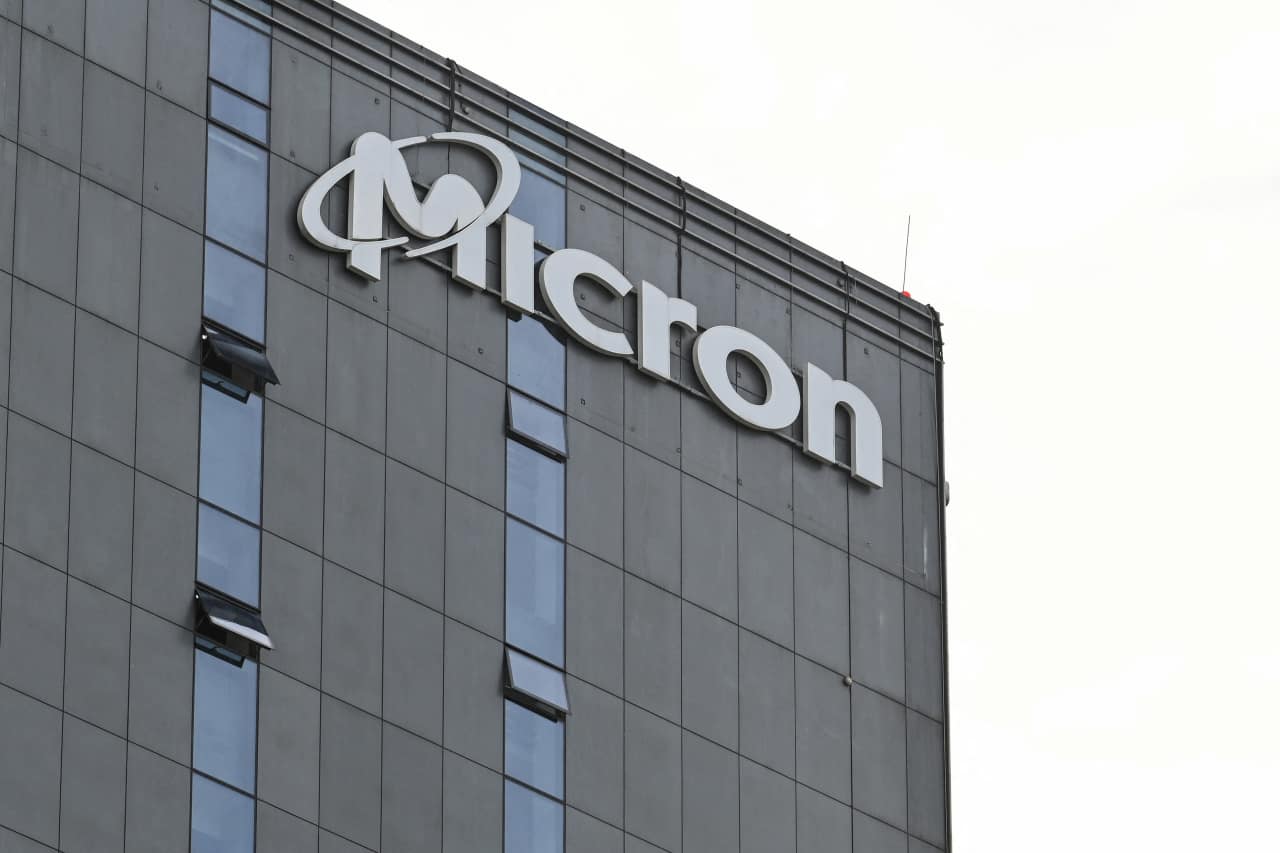The One Bright Spot of Rising Interest Rates: Free Money
When inflation started surging in the wake of the pandemic, it put a lot of Americans in a tough financial spot. And while inflation has cooled a bit since surging in 2022, it’s still elevated. To combat inflation, the Federal Reserve raised its benchmark interest rate repeatedly in 2022 and 2023, and only first […] The post The One Bright Spot of Rising Interest Rates: Free Money appeared first on 24/7 Wall St..
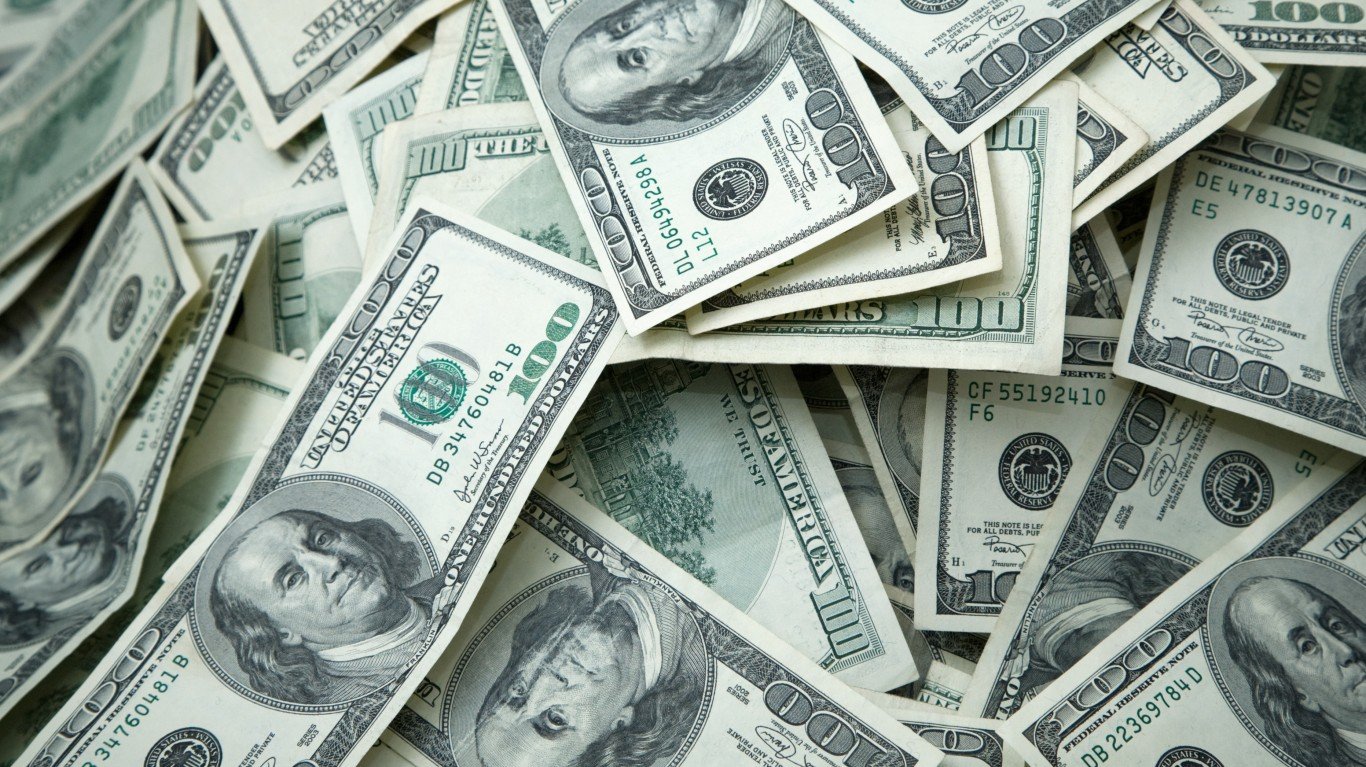
Key Points
-
High interest rates are driving up borrowing costs.
-
They’re also making savings accounts a more lucrative option.
-
Shop around for a great savings account rate so you can take advantage.
-
Earn up to 3.8% on your money today (and get a cash bonus); click here to see how. (Sponsored)
When inflation started surging in the wake of the pandemic, it put a lot of Americans in a tough financial spot. And while inflation has cooled a bit since surging in 2022, it’s still elevated.
To combat inflation, the Federal Reserve raised its benchmark interest rate repeatedly in 2022 and 2023, and only first began reversing course toward the end of 2024. But at this point, interest rates are still up, and that’s creating a lot of problems for consumers who need to borrow money.
While the Fed does not set consumer interest rates itself, its federal funds rate being elevated has driven up the cost of products like auto loans, personal loans, HELOCs, and credit cards. So now, it’s costing consumers more money to borrow money.
But there’s an upside to consumer interest rates being elevated. And it’s one that savers can try to take advantage of.
The situation isn’t all bad
You may not love the rate you see on an auto loan or home equity loan application today. But the plus side is that savings accounts are paying quite generously because of where interest rates are at.
So if you have spare cash you aren’t using, or money you need for your emergency fund, then it pays to put it into a high-yield saving account and earn a nice return on your money.
A number of high-yield saving accounts are paying close to 4% today, even with the Fed having cut rates in late 2024. That’s not a bad return considering that with a high-yield saving account, you’re taking no risk — assuming, of course, that your bank has FDIC insurance, and that you limit your deposit to $250,000 (or $500,000 if you have a joint account holder).
To be clear, it’s not recommended that you invest for retirement using a high-yield saving account. You need stronger returns than what banks are paying today to grow your nest egg in a manner that outpaces inflation.
But if you have cash you’re setting aside for emergencies or a near-term goal, then it pays to put that money into a high-yield saving account. And it’s also a good idea to consider boosting your cash reserves if you’re on the cusp of retirement and want more protection against near-term market volatility.
Shop around for a great rate
If you’re going to put money in a savings account to take advantage of today’s interest rates, don’t just settle for the first deal you find that looks like a good one. Instead, shop around.
And while you’re at it, you may want to put some of your money into a CD. The reason?
The rate on your high-yield saving account can change on a whim with market conditions. But once you lock in a CD, the rate on it is guaranteed until your CD matures.
Meanwhile, if inflation starts creeping downward in 2025, the Fed will likely lower interest rates. As it is, there’s a lot of pressure on the central bank to do so.
That could make high-yield saving accounts a bit less lucrative. So if you have specific interest income goals for the year, a CD is worth looking into.
But ultimately, a savings account will give you the most flexibility. So you may want to decide that you’ll put money into one sooner rather than later.
The post The One Bright Spot of Rising Interest Rates: Free Money appeared first on 24/7 Wall St..





